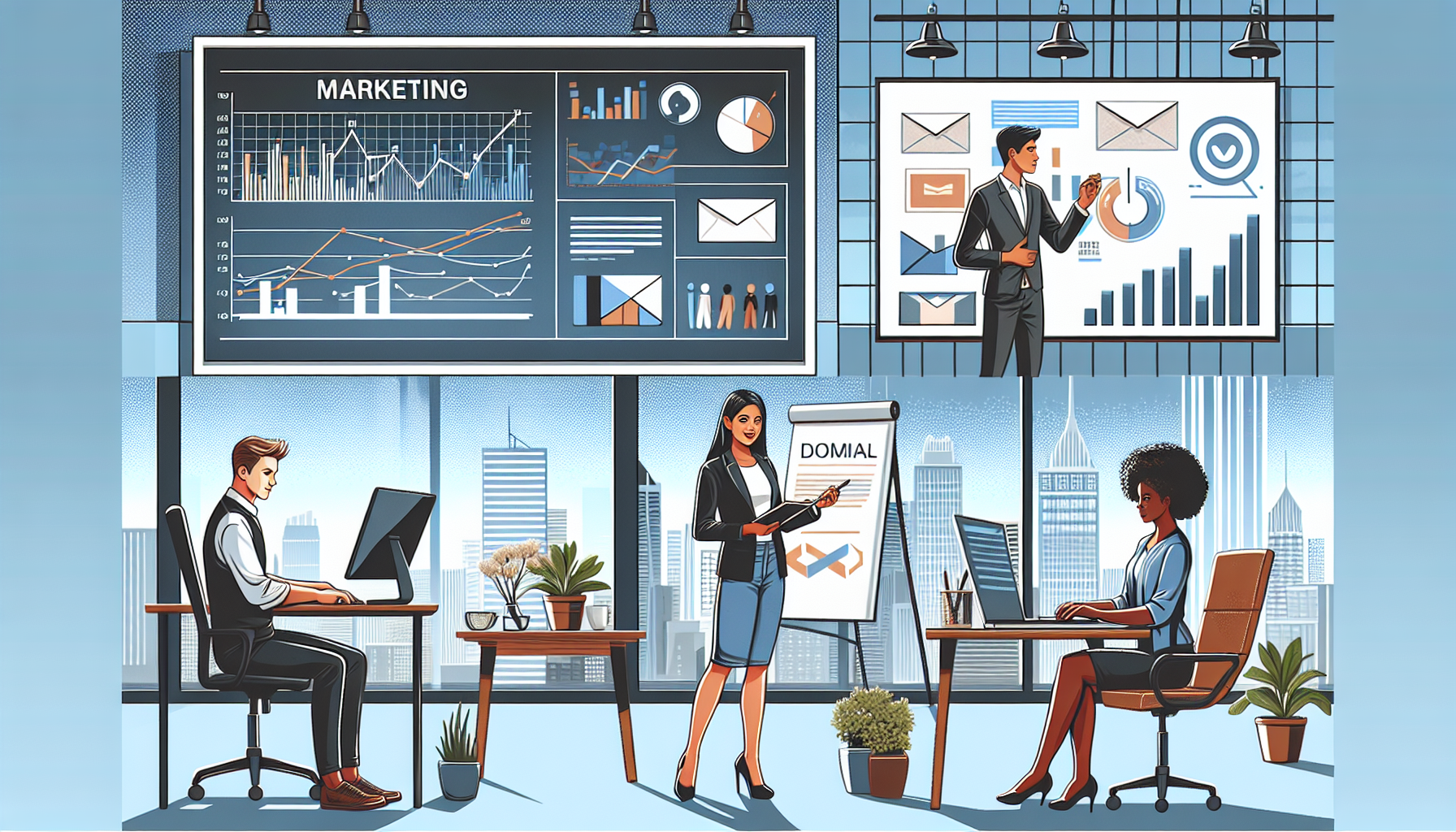Emotion Over Everything: 7 Brand-Building Principles Every Business Should Master

Let’s begin with an uncomfortable truth: most marketing today is forgettable.
Despite access to better tools, smarter data, and endless content, many brands struggle to make lasting impressions. Why? They focus on logic when emotion drives behavior.
At Coax, we believe marketing should do more than inform. It should connect. And that connection starts with understanding the emotional architecture behind decision-making.
In this article, we’ll walk through 7 principles drawn directly from our client strategy sessions and Brand Brief methodology—all rooted in emotional science and proven to elevate your brand’s impact.
1. Emotion Is a Strategy—Not a Side Effect
High-performing brands aren’t successful by accident. They follow emotional formulas that bypass rational thinking and speak directly to what drives action: feeling.
You see it in every industry—from luxury retail to tech startups. The most resonant campaigns don’t rely on data dumps or lists of features. They center on how the brand makes you feel.
Confidence, nostalgia, urgency, or belonging, emotion is not just an ingredient in effective marketing. It is the foundation.
If your brand isn’t resonating, it’s not due to a lack of facts—it’s a lack of feeling.
2. Your Brand Archetype Is the Starting Point
Every successful brand has an identity beneath the surface—an emotional blueprint that shapes communication and connection.
This is your Brand Archetype, revealing the emotional triggers guiding your tone, language, messaging, and offers.
Whether you’re a visionary, nurturer, explorer, or protector, understanding your archetype allows you to build strategy with precision instead of guesswork.
Clarity begins with identity. Know who you are emotionally before you try to connect with others.
3. Don’t Overload. Focus on One Emotion at a Time.
The brain processes only one conscious emotion at a time. Yet many brands try to communicate too much at once—cramming every feature, offer, and value prop into a single ad or landing page.
This creates confusion, not connection.
High-converting campaigns are focused and deliberate. They convey one message, one emotional driver, and one clear reason to act.
Don’t ask your audience to multitask. Anchor your messaging in a single, intentional emotion.
4. Word-of-Mouth is Not a Marketing Plan
Referrals are great, but not scalable, predictable, or controllable. If your brand relies solely on organic buzz to grow, you’re operating on luck, not leverage.
Instead, top-performing brands repeat their message with clarity and consistency across paid,
If you’re not in control of your message, someone else is—and they might not get it right.
5. Boring Products Don’t Exist—Only Boring Messaging
Milk, razors, and pistachios aren’t inherently exciting products, yet each has been the center of multimillion-dollar campaigns.
The difference? Symbolic storytelling.
When Dollar Shave Club launched with a $4,500 video, it didn’t discuss blade quality—it delivered humor, rebellion, and convenience. The result? Over 12,000 customers in 48 hours and a billion-dollar exit.
You don’t need a revolutionary product. You need a narrative that taps into existing emotional needs.
6. Visuals Drive First Impressions—and First Reactions
Research shows we process visuals 60,000 times faster than text. That means your audience is evaluating your brand before they read a word.
Effective design isn’t about decoration. It’s about alignment. Your visuals must reinforce the emotional tone of your message—or they’ll dilute it.
If your imagery doesn’t support your message emotionally, it works against you.
7. The Right Words Are More Than Persuasive—They’re Precision Tools
There are hundreds of “power words” out there. However, the correct words for your brand depend on your audience and archetype.
That’s why we build custom Persuasion Libraries for clients—sets of emotionally charged language matched to their unique strategy. These words aren’t chosen at random. They’re engineered to prompt action.
Language is your most scalable sales tool. Choose it strategically, not generically.
Strategy That Connects is Strategy That Converts
We’ve seen brands transform when they shift from performance-driven messaging to emotionally grounded storytelling. Because in the end, it’s not about saying more—it’s about saying what matters.
You don't need more content if your marketing feels stuck, scattered, or forgettable. You need emotional clarity, and we can help you achieve it.
Ready to stop guessing and start resonating? We turn emotional insight into brand impact. Discover your archetype, clarify your message, and move your market.
Book your free strategy session and build a brand that people don’t just see but feel.




